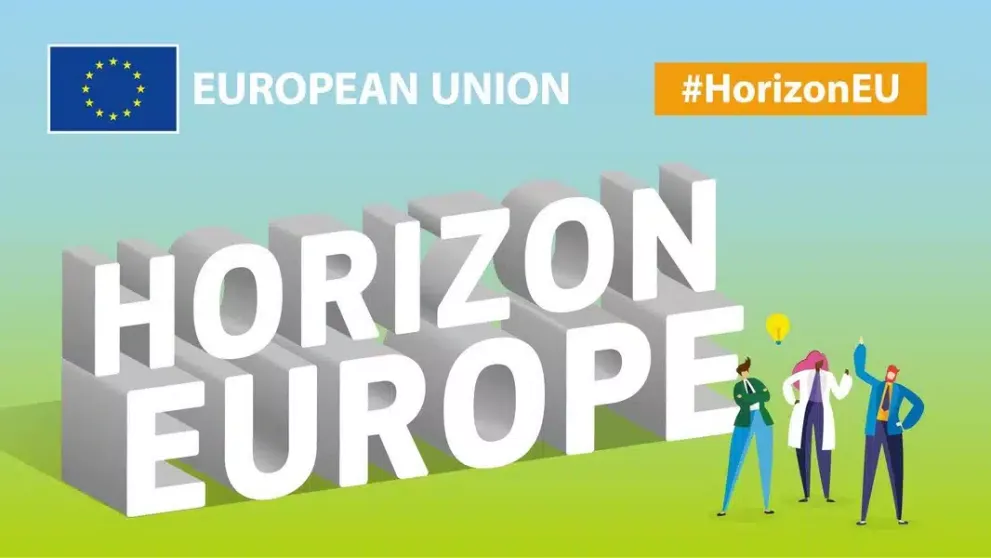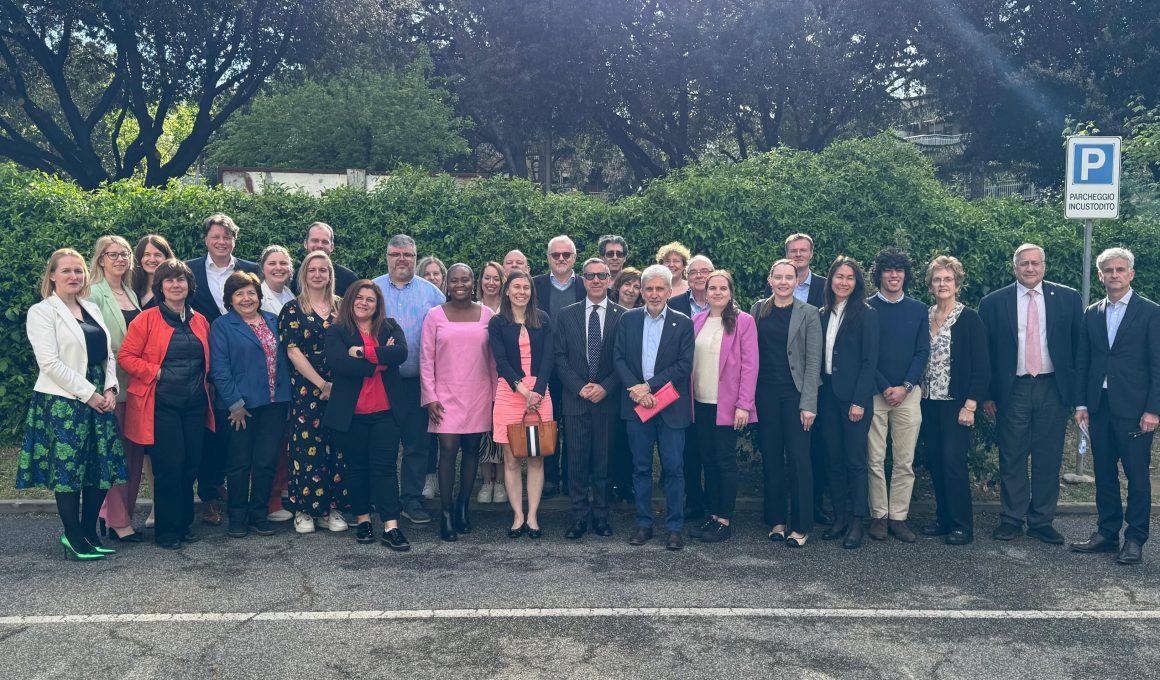by Giuliana Miglierini
After the European elections of June 2024, a vivid debate arose between the R&I stakeholders on how to optimise the future goals and support the EU’s competitiveness. R&I plays an important role within the Political Guidelines 2024-2029 for the EU Commission, and we are waiting to see that at the programme of the new Commissioner for Innovation Ekaterina Zaharieva the new EU Commissioner for Innovation.
According to Science | Business, the new Clean Industrial Deal, expected to be launched at the beginning of the new mandate, might offer many opportunities for innovation, together with the priorities identified by the just released Mario Draghis’ report on EU competitiveness, and the Enrico Letta’s report on the Future of the Single Market (presented at the European Council in April 2024).
Preparing the Horizon Europe Work Programme 2025
In the meantime, actions are ongoing to define contents of both the Horizon Europe (HE) Work Programme (WP) for 2025 and the new FP10, that is expected to start in January 2028. The survey on HE’s WP 2025held from 15 April to 6 May 2024 collected more than 2 thousand contributions from over a thousand respondents.

Academic research institutions were the more represented category of stakeholders (37%), followed by personal capacity (31%); companies and business organisations contributed just 11% of the responses. Germany (154), Belgium (138), Italy (107), Spain (96) and France (92) provided the greater number of contributions among EU countries, the UK (41) and Norway (19) among associated countries.
The survey touched all the six clusters of activities under HE. Cluster 1 (Health) received the higher number of comments (440), an acknowledgement of the importance of the sector for the European R&I community. Other highly contributed fields of innovation included Cluster 5 (Climate change, energy and mobility, 377 responses) and Cluster 6 (Food, bioeconomy, natural resources, agriculture and environment, 370 responses). The survey also collected feedback on HE’s missions and cross-cutting activities, research infrastructures and the European innovation ecosystem.
Horizon Europe strategic plan 2025-2027
These lines of actions are also central to the Horizon Europe strategic plan 2025-2027, published by the Commission in March 2024.
The document identifies the green and digital transitions and a more resilient, competitive, inclusive and democratic Europe as the key strategic orientations for R&I investment under HE in the years 2025-2027. Horizontal themes include Europe’s open strategic autonomy, key enabling technologies and strategic value chains, synergies and balance between research and innovations, as well as spending strategies and the dissemination and exploitation of results. Among the nine new partnerships that will be part of the WP 2025 are Brain Health, Innovative Materials for the EU, and Raw Materials for the Green and Digital Transition.
While waiting for the final WP 2025 we register the association of Canada to Pillar II of Horizon Europe, joining the group of non-EU countries participating to HE on equal terms with their EU counterparts. This means Canadian entities are now entitled to participate to HE’s research consortia, and also to lead research. They will be funded directly from the programme, while Canada will contribute to its budget.
Working at the FP10
After the closure of HE’s Work Programme 2025-2027, the new framework programme FP10 is expected to be launched at the beginning of 2028. Many activities are undergoing to define its structure and objectives, starting from the establishment of the independent High Level Expert Group appointed by the Commission in December 2023. The Group, led by Portugal’s former research minister Manuel Heitor, is expected to publish a report by November 2024, which should be followed by the proposal in mid-2025 of the new FP10 by the Commission.
The report on the interim evaluation of Horizon Europe, expected to be published in spring 2025, will also inform the setting up of the new FP10. The Commission’s proposal will be followed by negotiations with the European Council and Parliament; final adoption is expected before the end of 2027. A detailed timetable, together with the position papers on FP10 published up to now by several governments, industrial associations, and academic organisations are available at the ERA Portal Austria.
The suggestions of the academics
All the organisations representing the academic world published their positions on the role the sector should play in the future of R&I programmes, as a reaction to the publication in June 2024 of the opinion on “Guidance for the next Framework Programme for R&I” by the European Research and Innovation Area Committee (ERAC).
CESAER, on behalf of European universities of science and technology, supports the development of the European Universities Alliances, but also highlights the importance of transitioning it from the startup phase by securing sustainable financial provisions. The three dimensions that should inform this process include the enhancing of a long-term vision, to be defined using a lifecycle approach and co-created with EU institutions and regional and national governments. CESAER welcomes the recommendation from Letta’s report to implement the 5th freedom, by embedding research, innovation and education drivers at the core of the Single Market.
An effective governance model should also be developed, balancing the institutional autonomy of each individual partner university with the pooled autonomy and future of the Alliances, that should not be confined to a “one size fits all” approach. On the contrary, they should be encouraged to adopt their unique high-risk, high-gain experimental approaches to become laboratories for knowledge development.
The European University Association (EUA) welcomed ERAC’s opinion, with reference to the balancing of support for basic research, applied research and innovation, and the introduction of research actions to Pillar 2.
A reduced complexity of the programme, an FP10 budget dedicated exclusively to funding R&I and the need to reflect on the future role of the European Institute of Innovation and Technology (EIT) are among the other points of attention reported by the EUA.
CESAER and EUA are also among the organisations that signed the #ResearchMatters campaign launched by the European Federation of Academies of Sciences and Humanities (ALLEA). The campaign followed the publication of a statement on the guiding principles for FP10, among which is the request to EU’s institutions to allocate over 3% of GDP to R&I and to double the FP10 budget to 200 billion €.
The contribution of the industrial associations
Animalhealth Europe, EFPIA, EuropaBio, MedTech Europe, the Nanomedicine platform and Vaccines Europe for the life sciences sector, as well as Cefic for the chemistry sector, are among the 110 industrial associations representing key European stakeholders that signed a joint statement “for an Ambitious FP10”.
The document highlights the need for the EU to become more attractive to private investments, which are deemed fundamental to close the gap with international competitors in the field of R&I. To this instance, public investment under the FP10 might help to reduce the risks faced by private companies and may prove crucial to alleviate market failures. The request to the Commission is to increase the R&I budget, with special attention to Pillar 2, an enhanced focus on European Industrial Competitiveness, and improvements also at the national level (with a target of at least 3% GDP). The tool of long-term public-private partnerships should remain a key element to strengthen the European R&I ecosystem. Excellent cross-border collaborative RD&I, with a strong industrial participation, should be also incentivised.
